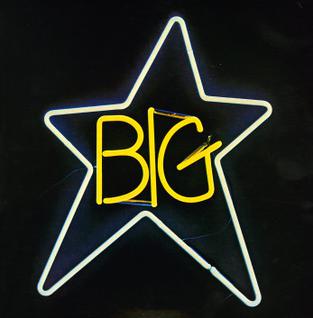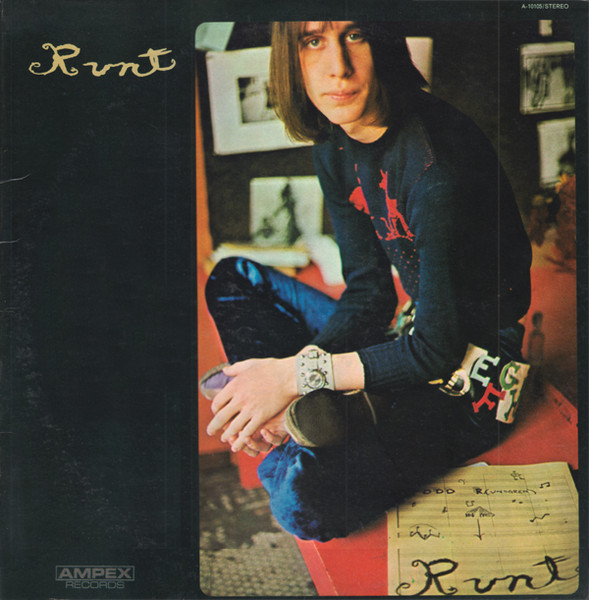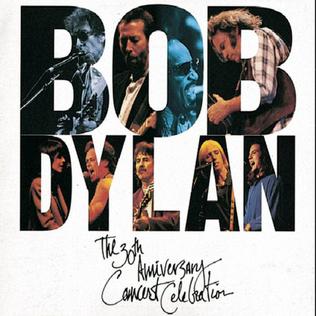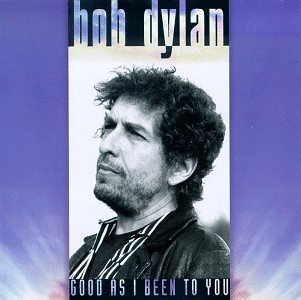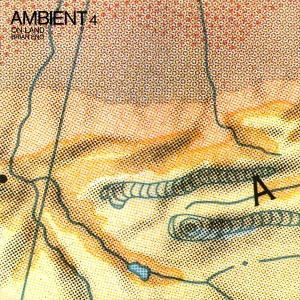
The phrase “fractured masterpiece” doesn’t get thrown around a lot, but it aptly describes the album commonly credited to Big Star as either
Third or
Sister Lovers but usually both. While drummer Jody Stephens is the only other member of the band to appear on the album—even contributing vocals to one of his own compositions—it’s largely an Alex Chilton solo record, recorded in 1974 but not released for four years. And even when it did come out, it appeared on various tiny labels with different track listings. The 1992 version on Rykodisc is considered to be the artist-approved version, with a whopping 19 tracks. (To be precise, it was the sequence the producer decided upon that year, and Alex didn’t say no.)
The left turns Alex took on Radio City are even more extreme on Third/Sister Lovers, going right off the road and into the woods. Instead of tight trio arrangements, the songs exist in ragged, reverb-heavy spaces, played by various session musicians and friends, and some even sporting full string arrangements.
The opening “Kizza Me” sets the mood pretty well. A guitar starts, then wavers, and a vocal struggles to make its point while a piano and bass try to find their way through the murk. (The drums, of course, are spot on.) “Thank You Friends” can be taken either as sincere or sarcastic, depending on your mood. It too ends without certainty. “Big Black Car” is the emotional antithesis of the previous album’s car song—or any car song, for that matter. The song’s pace and delivery belie any possible joy of driving the open road. And then we have a bona fide Christmas song: “Jesus Christ” is the only modern pop song we can think of that would pass muster in a hymnal. A sleepy cover of Lou Reed’s “Femme Fatale” features Steve Cropper on lead guitar, before things pick up a tad on “O, Dana”, which would have incredible hit potential if not for the inscrutable lyrics (example: “I’d rather shoot a woman than a man”) and sloppy playing. But just as we’re starting to cheer up, “Holocaust” closes the first half with one of the darkest songs ever committed to tape.
“Kangaroo” always seems on the verge of falling apart but manages to hold itself long enough to reach an actual conclusion amid the chaos. Another possible hit was torpedoed when Alex changed his lyrics to “Stroke It Noel”, but luckily Jody comes next with the warm and straightforward “For You”. “You Can’t Have Me” brings back some of the angry power pop from #1 Record, setting up a similar closing suite of three songs filled with beauty. “Nightime” wanders the streets of Memphis in innocence (“Caught a glance in your eyes and fell through the skies”) and melancholy (“Get me out of here, get me out of here/I hate it here, get me out of here”). “Blue Moon” is a prayer for affection, then “Take Care” bids a sad adieu.
The “bonus tracks” work within the context of all that has gone before. There are covers—a chaotic “Whole Lotta Shakin’ Goin’ On”, the Kinks’ “Till The End Of The Day” and a haunting “Nature Boy”—and two key originals: the atonal “Downs”, which sounds like three songs playing at once, and the slower than slow “Dream Lover”, wherein our hero nearly falls off the piano while the strings reach for the heights.
Third/Sister Lovers is not for everyone, and it wouldn’t be a stretch to suggest that it’s waved around for hipster cred more than it’s enjoyed. But it truly does offer something different with each listen. If one order doesn’t work for you, try another; that’s what shuffle play is for.
The myth of the album only increased once it gained wider distribution, and future archival releases would continue to tease cultists with further sounds and suggestions about how the album came together. 2016 brought forth what could be considered the final word on the album with Complete Third. This three-CD set purports to include every one of Alex’s studio demos for the album, every extant rough mix, ending in the final sequence as dictated by the first test pressing, bolstered by any other tracks on the Ryko set that hadn’t been on said test pressing. Owning the set means having those once-rare tracks for a second or third time, and there’s a whole lotta repetition, but there’s also better perspective for us archivists. To wit, we hear a lot more of Alex’s girlfriend Lesa, who was involved with much of the sessions, and their bombed duet on the Beatles’ “I’m So Tired” provides a good template for what would eventually follow. Moreover, a five-minute track called “Pre-Downs” is only an excerpt of a night’s full of noodling and chaos that ended up on “Downs” proper. It’s worth skipping.
Big Star Third/Sister Lovers (1992)—4
Big Star Complete Third (2016)—3½
 Just when he was off to something of a good start, Robyn immediately derailed his momentum with his next album. He’s gone on the record as saying that the ordeal of completing it sent him into a self-imposed two-year exile.
Just when he was off to something of a good start, Robyn immediately derailed his momentum with his next album. He’s gone on the record as saying that the ordeal of completing it sent him into a self-imposed two-year exile.  Three years later, once he’d got his bearings back, he released a rejigged version of the album. Now called Groovy Decoy, it not only changed the track order, but substituted five of the tracks with earlier demo versions produced by Soft Boy Matthew Seligman. It added two old B-sides into the mix—“It Was The Night” and the wacky “How Do You Work This Thing?” It still wasn’t an improvement on the earlier version. We’d almost say the best songs are the ones which weren’t recorded twice, but that’s not always the case.
Three years later, once he’d got his bearings back, he released a rejigged version of the album. Now called Groovy Decoy, it not only changed the track order, but substituted five of the tracks with earlier demo versions produced by Soft Boy Matthew Seligman. It added two old B-sides into the mix—“It Was The Night” and the wacky “How Do You Work This Thing?” It still wasn’t an improvement on the earlier version. We’d almost say the best songs are the ones which weren’t recorded twice, but that’s not always the case. Rhino, being the good completists that they are, convinced him to combine the two Groovy albums on one jam-packed disc. Gravy Deco brought everything together under the same roof (with the exception of the alternate “Grooving On A Inner Plane”, which had been put back in the context of Black Snake Diamond Role) and added two more obscure mixes. Which was nice of them, but no matter how you slice it, these recordings simply aren’t very enjoyable.
Rhino, being the good completists that they are, convinced him to combine the two Groovy albums on one jam-packed disc. Gravy Deco brought everything together under the same roof (with the exception of the alternate “Grooving On A Inner Plane”, which had been put back in the context of Black Snake Diamond Role) and added two more obscure mixes. Which was nice of them, but no matter how you slice it, these recordings simply aren’t very enjoyable.:format(jpeg):mode_rgb():quality(90)/discogs-images/R-1971510-1288215310.jpeg.jpg)


